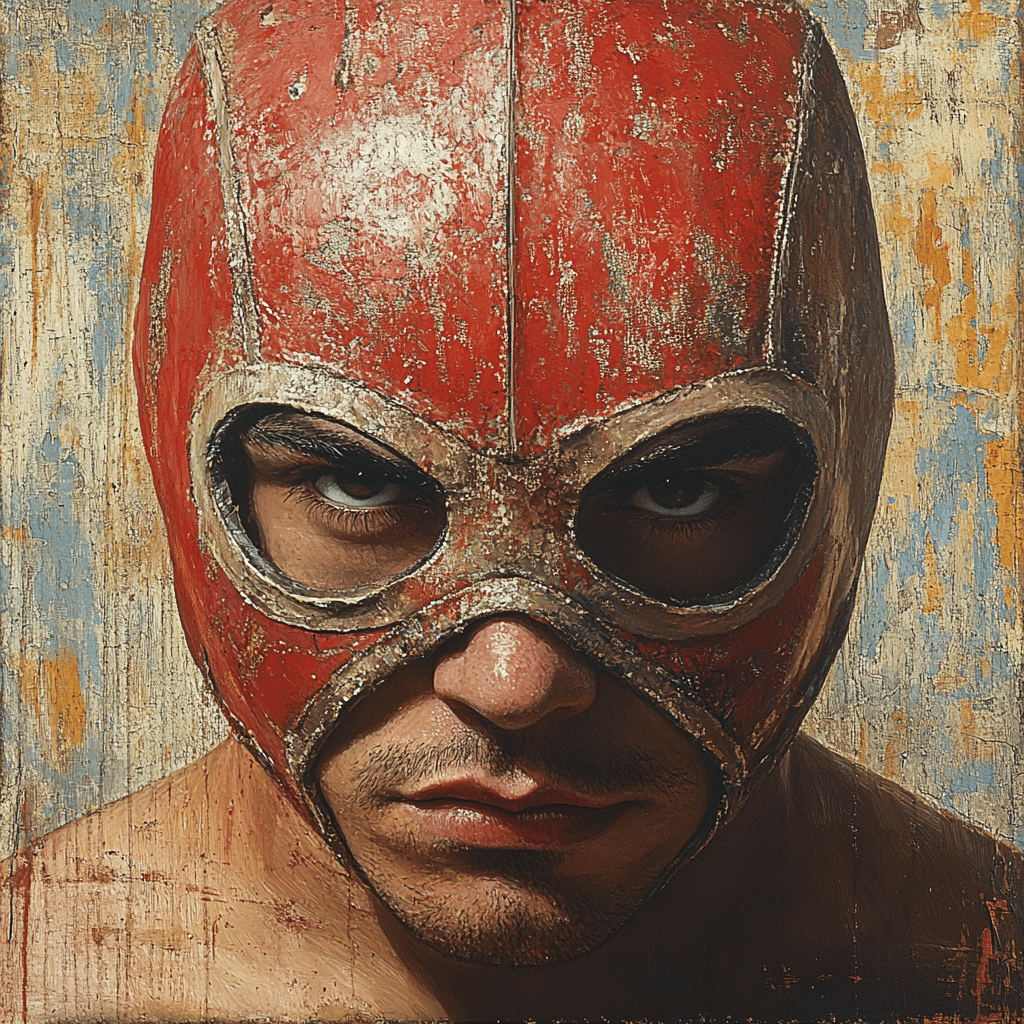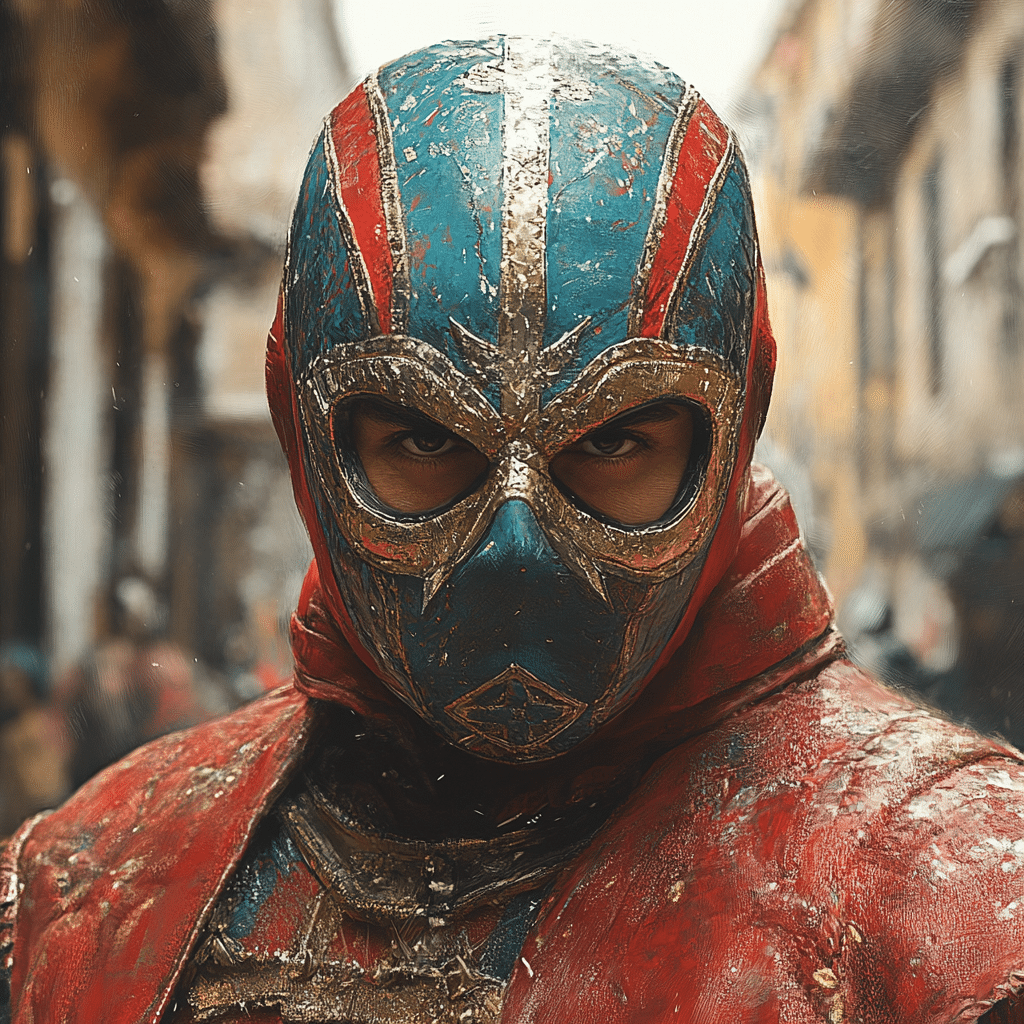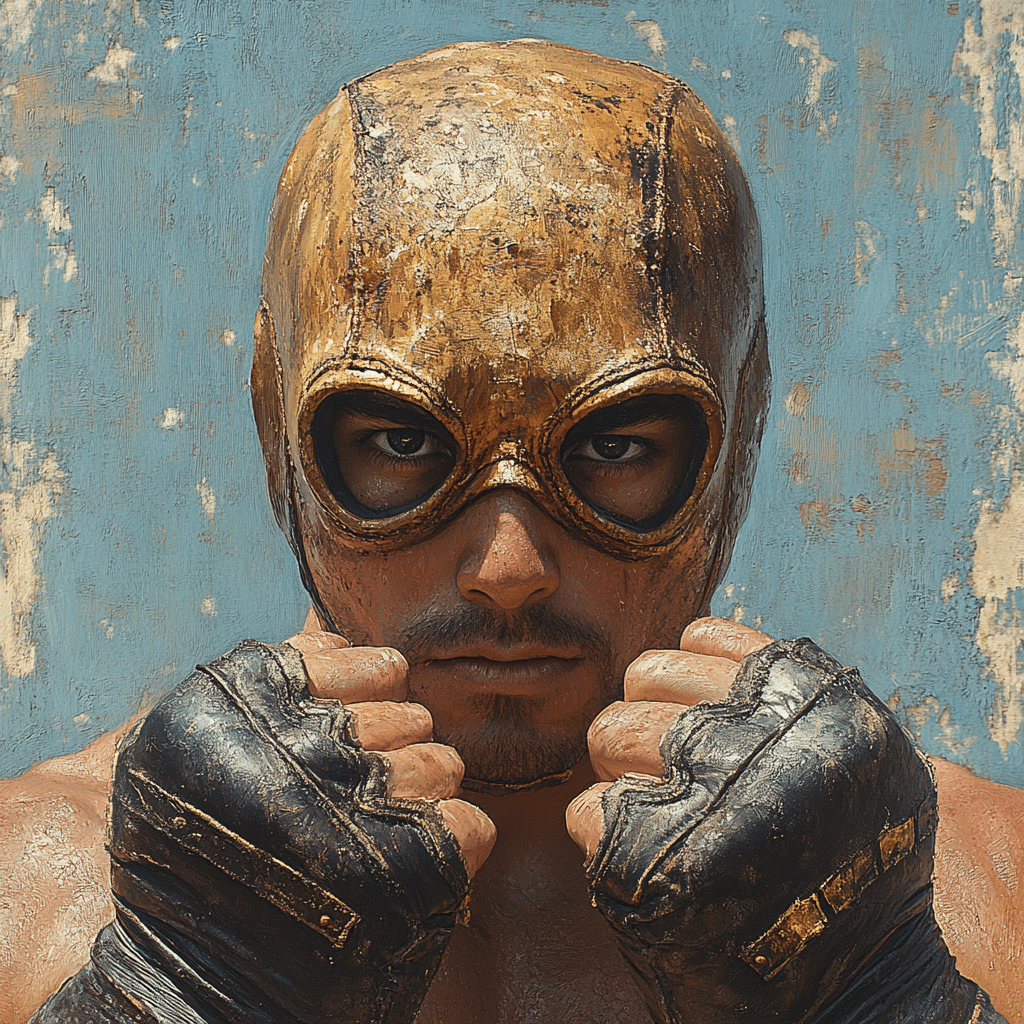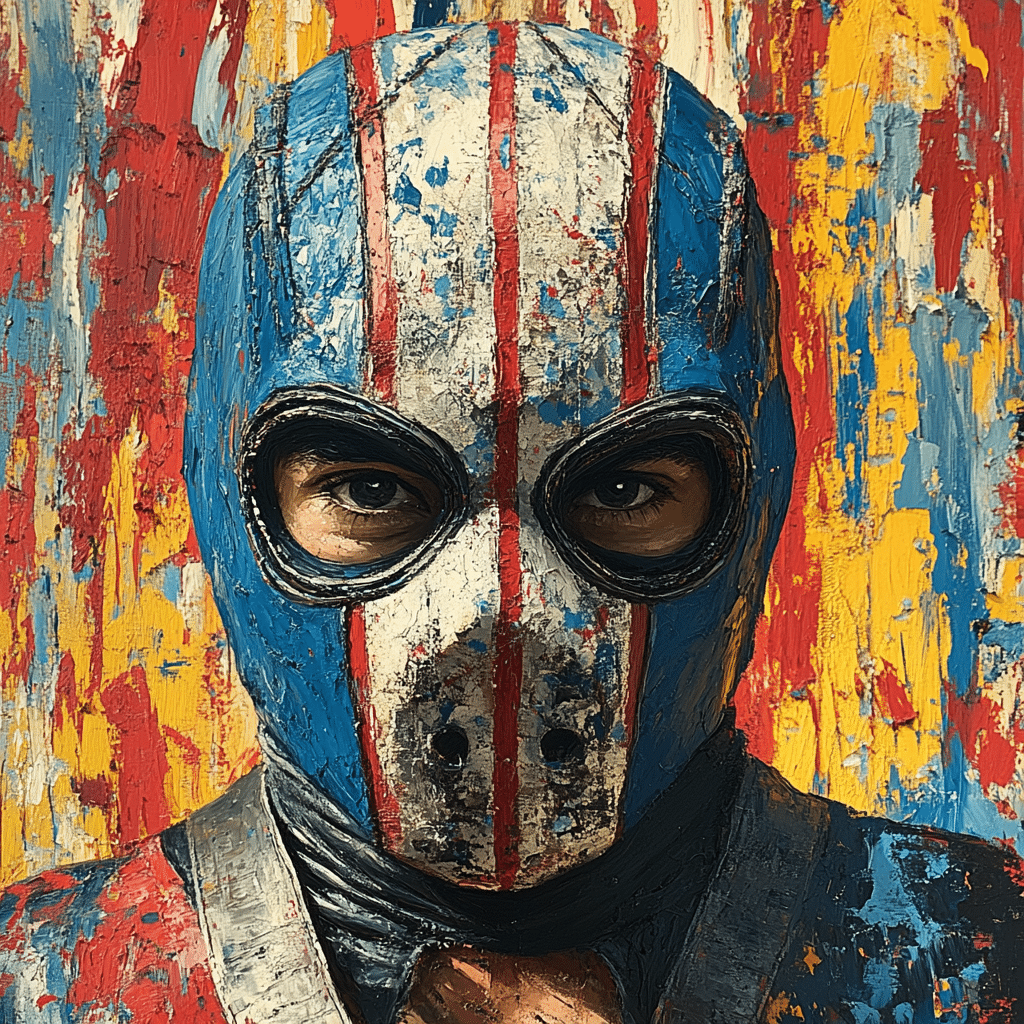
Luchador Legends Transforming Wrestling With Thrilling Moves
Luchador culture has been weaving its magic into the fabric of American wrestling for years, and it’s about time we celebrate this vibrant, high-flying heritage. Mexican lucha libre is much more than just a sport; it’s a lively storytelling medium, rich in tradition and adrenaline-pumping moves. Luchadores known for their colorful masks and incredible athleticism have not only captivated audiences but have also provided a fresh perspective on wrestling entertainment. Guys like Alex Guerrero are paving the way for a new generation, blending traditional lucha libre with modern wrestling elements. The result? A dynamic style that keeps fans on the edge of their seats, hungry for more.
1. The Rise of Luchador Culture in American Wrestling
Lucha libre’s influence can be felt reverberating across wrestling promotions in the United States. Historically, luchadores have brought a unique flair to the ring, with acrobatics and elaborate storylines. As luchadores gained prominence, young wrestlers began to incorporate their high-flying tactics and charisma, igniting interest in lucha libre. This blend of cultures has not only attracted wrestling fans but also filmmakers and entertainers looking for innovative stories that resonate.

2. Top 7 Iconic Luchadores Who Changed the Game
The luchador tradition boasts legendary figures whose incredible moves and personas have redefined wrestling. Let’s dive into seven notable luchadores who continue to inspire and revolutionize the industry:
2.1. Rey Mysterio Jr.
Rey Mysterio is a name that’s become synonymous with wrestling greatness. His legendary 619 and acrobatic springboard maneuvers have forever altered how matches are performed in major promotions like WWE. Often hailed as the face of lucha libre, Mysterio’s tenacity and flair shine through in every performance.
2.2. El Santo
Known as “The Saint,” El Santo transcended the ring. Beyond wrestling, he starred in popular Spanish-language films, intertwining lucha libre with cinema. His mystique and dramatic flair paved the way for future luchadores, merging high-octane wrestling with a theatrical flair that captivated audiences.
2.3. Blue Demon
Blue Demon carved out a dual legacy as both a wrestling champion and a cultural icon. His rivalry with El Santo produced memorable stories that showcased the emotional depth possible in wrestling narratives. Blue Demon set a high bar for how luchadores could engage audiences, both inside and outside the arena.
2.4. La Parka
With his signature skeleton mask and vibrant persona, La Parka introduced humor and excitement. His dances before matches made fans smile while showcasing his lucha libre artistry. Engaging audiences in such a playful manner suggests that character work is as essential as skill.
2.5. Mistico
Bursting onto the scene in the mid-2000s, Mistico merged athleticism with charisma. His moves captivated audiences worldwide, extending the reach of lucha libre beyond Mexico. Mistico’s ability to draw crowds led many to adopt his style, ensuring that the lucha libre influence continues to thrive.
2.6. Pentagon Jr.
Pentagon Jr. embodies a more aggressive evolution of lucha libre. His “Fear Factor” move has electrified audiences and altered expectations of what a match can entail. By maintaining a balance between brutality and tradition, he appeals to both wrestling purists and modern fans alike.
2.7. Dario Cueto
While not a traditional luchador, Dario Cueto of Lucha Underground signifies the storytelling innovation possible in the lucha libre world. His character brought drama and narrative depth, weaving traditional elements into unexpected storytelling frameworks. Cueto’s representation emphasizes the potential for narrative creativity in wrestling.
3. Innovative Moves and Their Impact on Wrestling Styles
The contributions of luchadores extend beyond flash; they innovate wrestling techniques that keep audiences guessing. Top performers have introduced moves that combine athleticism with breathtaking visuals, raising the bar for what fans expect from wrestling.

4. The Future of Luchador in Global Wrestling Culture
The influence of luchadores shows no sign of waning. Companies like AEW are consistently drawing international talent, enhancing interest in lucha libre styles. Luchadores are breaking barriers and engaging audiences on a global scale.
As lucha libre gains traction worldwide, we can only imagine how the legends of yesteryear will define the coming generations. The key takeaway? Luchador culture is in a remarkable state of revival, drawing inspiration from its roots while soaring to new heights.
In closing, the success of lucha libre in transforming the wrestling landscape is monumental. From the stellar contributions of iconic luchadores to the innovative moves they continue to create, it’s clear that these legends have laid the foundations for future generations. As we look toward the horizon, it’s likely that the exhilarating spirit of lucha libre will continue to enthrall fans globally, ensuring that the luchador legacy endures.
Luchador Legends Reshaping Wrestling Traditions
A Glimpse into the Luchador Culture
The flamboyant world of the luchador isn’t just about high-flying moves and dazzling masks; it’s deeply rooted in Mexican culture. Traditionally, masks symbolize a luchador’s identity, with many wrestlers gaining legendary status through their elaborate personas. For instance, the iconic Blue Demon and El Santo brought lucha libre (free wrestling) to mainstream audiences, transforming it into a national treasure. You may not realize it, but just like how fans avidly track mlb attendance, lucha libre events draw massive crowds, showcasing the sport’s intense popularity and cultural significance.
Thrilling Moves and Moves Beyond the Ring
Each luchador is known for signature moves that become synonymous with their name, captivating fans with adrenaline-pumping performances. Take Tessa Blanchard, for example, who has made waves by incorporating high-impact techniques from lucha libre into her repertoire. This blend of styles reflects a broader trend of cross-pollination in wrestling, as competitors borrow flair from diverse sources. As fans celebrate these electrifying bouts, they appreciate that the thrill of a luchador’s agility resonates much like the excitement one might feel at Hardly Strictly Bluegrass—a festival filled with both artistry and athleticism.
The Global Impact of Lucha Libre
The influence of luchador goes beyond the ring and into popular culture, inspiring films, merchandise, and even art. Jim Shores creations have captured the vibrant spirit of luchador masks, making them collectibles in the art world. Plus, who would’ve thought you’d find lucha-inspired pop-up events at places like All Bar One Edinburgh? These gatherings allow fans to celebrate this unique wrestling style through food, drinks, and themed entertainment. And for those looking to spice up their day, the charm of lucha can even be found in themed bikini coffee near me spots, blending the athletic with the alluring.
Whether you’re rooting for your favorite luchador or enjoying the lively atmosphere they bring, there’s no denying their impact is profound. Each show not only entertains but also connects communities, much like how friendship blossoms over an evening drink or through a surprising twist in reality TV like that of Jenn Tran on The Bachelorette. Indeed, luchador legends remind us that wrestling is an art form, where every flip and pin tells a story worth sharing with the world.

What does being a luchador mean?
Being a luchador means being part of a rich tradition of Mexican professional wrestling, known for its electrifying and high-flying style. Luchadores often have a strong connection to their wrestling families, with many coming from generations of wrestlers and forming their own stables.
Is luchador Spanish or Mexican?
Luchador is indeed a Spanish word, and it specifically refers to a wrestler in the context of lucha libre, which is synonymous with Mexican wrestling.
What happens if a luchador is unmasked?
When a luchador is unmasked, they often engage in a match called “lucha de apuestas,” where they might wager their hair instead. If they lose, they risk having their head shaved bald, which carries significant cultural weight.
What is a female luchador called?
A female luchador is called a luchadora. She competes in the same high-energy matches as her male counterparts and often brings her unique style to the ring.
Why do luchadores hide their face?
Luchadores hide their faces to maintain an air of mystery and to build their personas. The mask is a vital part of their identity, adding to the allure and tradition of lucha libre.
Can a woman be a luchador?
Absolutely, women can and do become luchadores, competing at all levels of lucha libre and proving their skill and talent in the ring.
Who is the greatest luchador of all time?
Many fans consider Rey Mysterio Jr. one of the greatest luchadores of all time, thanks to his incredible skill, creative moves, and impact on wrestling both in Mexico and the U.S.
Do luchadores actually wrestle?
Yes, luchadores actually wrestle and participate in highly athletic and choreographed matches, showcasing their skill in techniques that can be breathtaking to watch.
What does the luchador symbolize?
The luchador symbolizes strength, tradition, and the spirit of lucha libre. They represent an ideal of honor, resilience, and the struggle against adversity.
Is it disrespectful to take off a luchador mask?
It’s considered disrespectful to take off a luchador’s mask without permission, as it goes against the traditions and values of lucha libre.
Which luchador never took off his mask?
Blue Demon is a notable luchador who famously never took off his mask during his career, maintaining his mysterious persona to the end.
Why don t Mexican wrestlers take off their mask?
Mexican wrestlers often don’t take off their masks because doing so is seen as losing a part of their identity and is deeply rooted in the cultural significance of the mask in lucha libre.
How fake is lucha libre?
Lucha libre, like all professional wrestling, has scripted elements, but the physicality involved is real, making it an art form that combines performance and athletics.
What is lucha short for?
Lucha is short for “lucha libre,” meaning “free fighting,” though it refers more to the sport of wrestling rather than actual free fighting.
What are the two types of luchadores?
There are two main types of luchadores: técnicos, who are the good guys or heroes, and rudos, who portray the villains or bad guys in matches.
What does the luchador symbolize?
The luchador symbolizes more than just a wrestler; they also represent cultural heritage, pride, and the larger-than-life personas that are central to lucha libre.
What is the difference between a luchador and a wrestler?
Luchador refers to a Mexican wrestler, while a wrestler can refer to anyone who competes in various styles of wrestling across the globe, including American styles.
What does lucha mean in Spanish slang?
In Spanish slang, “lucha” can also imply a struggle or fight, highlighting the broader connotations of battling through challenges in life.
Who is the greatest luchador of all time?
Rey Mysterio Jr. is often celebrated as one of the greatest luchadores of all time, with a lasting legacy in both lucha libre and mainstream wrestling.












